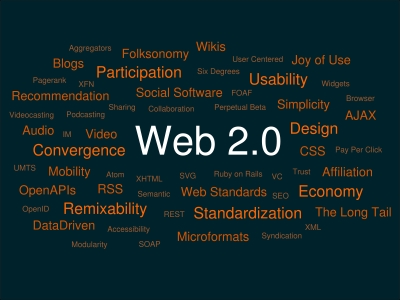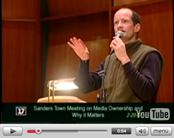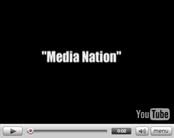Discuss E-List
Essential Resources Guide
FREE Teaching Resources
Membership Benefits
Partner Discounts
Summit 2006
Web 2.0 Foundational Terms

The following list of Web 2.0 terms was compiled by Champlain College professors, Elaine Young and Rob Williams.
Analytics. Data reports of Web-site traffic and user behavior on a Web site. Helps businesses to track return on investment, set measurable goals and make improvements to their sites based on tracking hard data such as clicks and time spent on pages. There are free services and enterprise services that can be deployed.
Blog. An online journal or “Web log” used by individuals to express themselves. There can be individual, group or corporate blogs around specific topics. There are many free (and easy) blogging tools.
Collaborative applications. Online applications that include word processing, spreadsheet and and presentation tools that allow multiple users, viewers and editors. Much like wiki, where groups of individuals work together in a virtual environment to create, edit and update information.
Feed reader. A browser, computer or Internet-based application that pulls in RSS feeds.
Mash Up. Refers to Web 2.0 users grabbing existing content (like an online video or a piece of music) and re-editing it using various software applications and their own personal touch. Search for the “Numa Numa Man” on YouTube to see a famous example.
Online visibility. The use of public relations techniques on the Web in order to obtain greater visibility for an organization’s Web site, and therefore increased organic rankings on search engines. RSS, blogging and social networking are ways to increase online visibility.
Organic search. The “natural” placement of a Web site’s listing (i.e., not paid for) in search engine results due to a well-optimized site.
Paid search. Paying for a sponsored link to be at the top of search engine results for specific key words or terms. Also includes sidebar ads in search results.
Really Simple Syndication (RSS). Allows organizations with frequently updated Web-site content to push those updates directly to consumers who have a feed reader. Blogs and news sites are examples of types of sites that benefit from RSS. Allows consumers of information to “subscribe” to updates without using e-mail.
Search engine optimization (SEO). The process of making an organization’s Web site friendlier to search engines, potentially increasing the organic ranking of a Web site on a specific search engine.
Social media. The various online tools that allow anyone to create, share, modify and critique content as well as join communities and collaborate. Some see this as a democratization of the Web, moving away from one-to-one communication to a flatter, many-to-many communication. YouTube is an example.
Social networking. Online communities that allow users to post profiles and share information and communicate and congregate around shared interests. Examples include MySpace, Facebook and LinkedIn.
Social presence. Emerging set of social media tools that allow individuals to communicate where they are and what they are doing to a wide range of people. Examples include Twitter, Jaiku and Pownce.
Website optimizer. A new tool launched by Google, linked to its AdWords and Analytics applications, that allows organizations to conduct multivariate testing on specific pages to improve goals and conversion rates.
Web 2.0. Used to describe the change in how people are using the Web, moving from a static information source controlled by a few, to an interactive and collaborative environment that is open to all, is flatter and is what many see as more democratic. Many of the tools in this list are considered Web 2.0 tools.
Wiki. An online collaborative space that allows users to work together to create, edit and update information. The best-known example is Wikipedia, where individuals of all backgrounds from around the world contribute to an ever-changing, ever-growing online encyclopedia of information (and mis-information).
Vlog. a video blog. That is, an online journal/blog comprised primarily by video content.



![View your cart items []](/sites/default/modules/ecommerce/cart/images/cart_empty.png)





